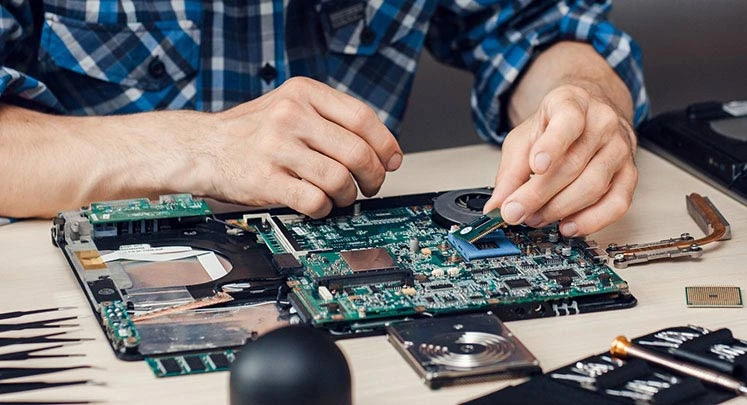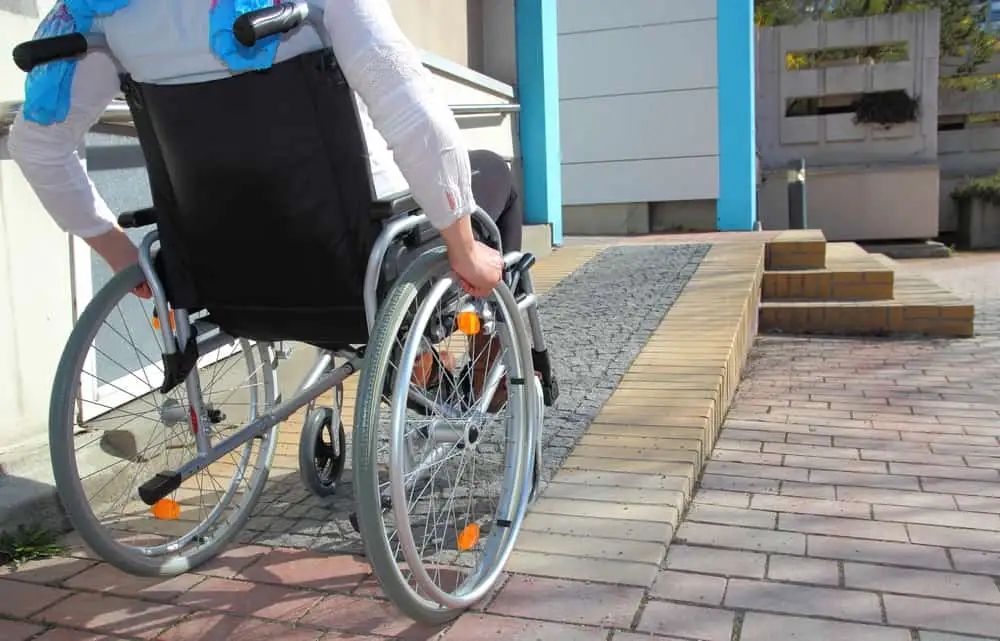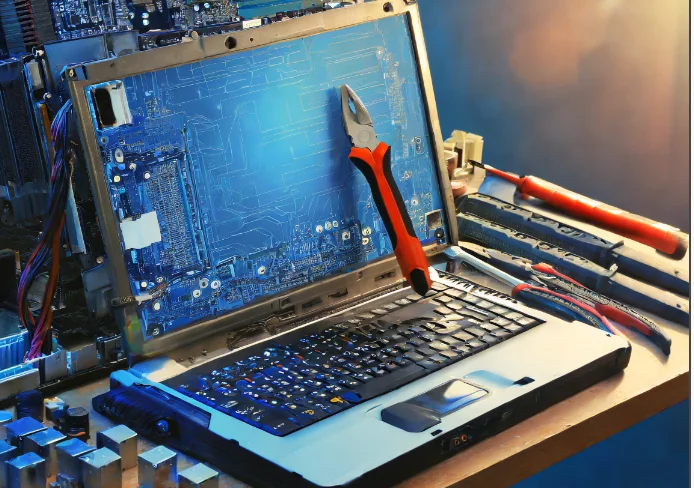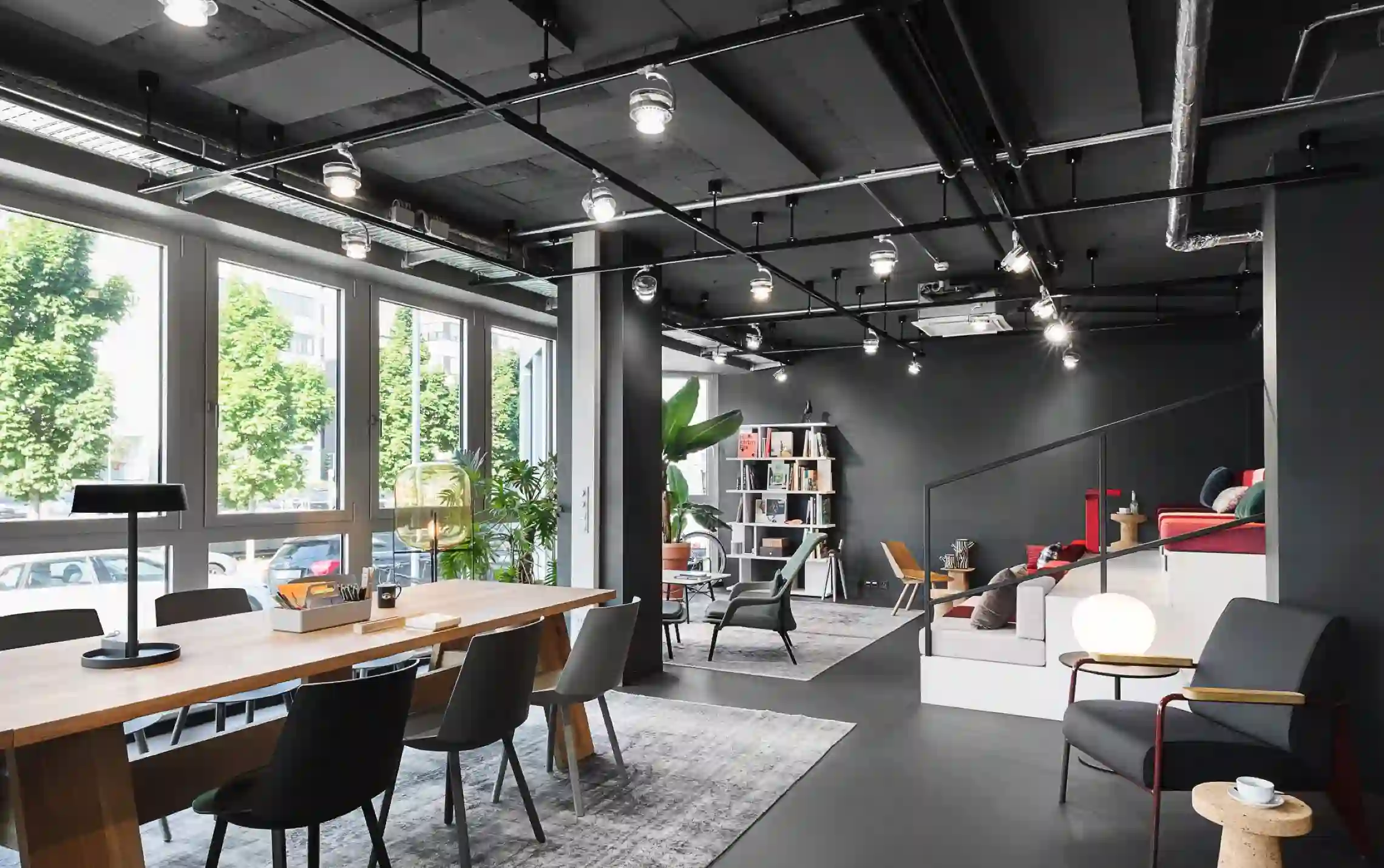In the realm of technology, mastering the art of DIY PC repairs tutorial blends technical skill with personal flair. Navigating computer troubleshooting unveils a new dimension where hardware fixes meet digital well-being.
How can fixing a computer evolve into an artistic journey, fostering harmony between user and machine? The fusion of repair techniques with a holistic well-being approach promises not just seamless fixes but a canvas for creative expression.
Key Takeaways
- Fundamental grasp of DIY PC repairs is crucial for seamless maintenance.
- Utilize online resources and forums for expanding repair knowledge.
- Maintain a well-equipped toolkit tailored to specific repair needs.
- Regular preventative maintenance like dusting and data backups is essential for PC longevity.
Understanding DIY PC Repairs
In the realm of technology maintenance, a fundamental grasp of DIY PC repairs is essential for individuals seeking to troubleshoot and resolve technical issues independently. Understanding DIY PC repairs involves familiarizing oneself with the internal components of a computer, such as the motherboard, CPU, RAM, and storage devices. Additionally, knowledge of basic troubleshooting techniques, like identifying common error messages, software conflicts, or hardware malfunctions, is crucial.
When delving into DIY PC repairs, it’s vital to have the necessary tools on hand, such as screwdrivers, thermal paste, and anti-static wrist straps to prevent damage from electrostatic discharge. Online resources, forums, and tutorials can also aid in expanding one’s understanding of specific repair procedures or complex issues.
Developing proficiency in DIY PC repairs not only empowers individuals to save costs on professional services but also fosters a sense of accomplishment and independence. By honing these skills, enthusiasts can tailor their computer systems to suit their needs and troubleshoot issues effectively, contributing to a seamless and satisfying computing experience.
Common PC Issues and Solutions
Amid the labyrinth of technical challenges that computer users encounter, understanding common PC issues and their solutions is paramount for maintaining a smoothly running system.
- Slow Performance: Often caused by too many programs running simultaneously or insufficient RAM. Solutions include closing unused programs, upgrading RAM, and running disk cleanup tools.
- Internet Connectivity Problems: Issues with Wi-Fi or Ethernet connections can disrupt workflow. Troubleshoot by restarting the router, checking cables, and updating network drivers.
- Blue Screen of Death (BSoD): This critical error indicates hardware or software issues. Solutions involve checking for recently installed hardware or software, updating drivers, and running system diagnostics.
- Virus and Malware Infections: These can compromise data security and slow down your PC. Prevent infections by installing reliable antivirus software, avoiding suspicious links, and regularly scanning your system for threats.
Essential Tools for Repairs
Exploring the necessary tools for proficient PC repairs is essential for troubleshooting issues effectively and ensuring optimal system performance. A comprehensive toolkit for DIY PC repairs should include both hardware and software tools.
Hardware tools may consist of a set of precision screwdrivers, antistatic wrist straps, thermal paste for reseating components, a multimeter for testing power supplies, and spare parts like cables and connectors.
Software tools are equally vital and can include diagnostic software for identifying hardware problems, antivirus programs for malware detection and removal, as well as system optimization tools for enhancing performance. Additionally, having a USB drive with a bootable operating system can be invaluable for troubleshooting software-related issues.
Investing in a quality toolkit tailored to your specific needs and level of expertise can streamline the repair process and empower you to tackle a wide range of PC problems with confidence. By equipping yourself with these essential tools, you can embark on your DIY PC repair journey with preparedness and efficiency.

Step-by-Step Repair Guide
Equipped with the essential tools for proficient PC repairs, the next logical step is to navigate through a comprehensive step-by-step repair guide to effectively address common issues and optimize system functionality.
Step-by-Step Repair Guide:
- Identify the Problem: Begin by diagnosing the issue accurately to determine the root cause of the problem.
- Gather Necessary Information: Research solutions online, check manuals, or seek advice from tech forums to understand potential fixes.
- Prepare the Workspace: Ensure you have a clean, well-lit area with sufficient space to work comfortably and safely.
- Follow a Systematic Approach: Proceed systematically through the repair process, documenting each step taken for future reference.
Preventative Maintenance Tips
Implementing regular maintenance practices is crucial for ensuring the longevity and optimal performance of your PC system. To keep your DIY PC running smoothly, here are some essential preventative maintenance tips to follow:
- Dust Regularly: Dust buildup can cause overheating and damage internal components. Use compressed air to clean out dust from fans, vents, and other crevices.
- Update Software: Keep your operating system, drivers, and antivirus software up to date to ensure security and performance enhancements.
- Backup Data: Regularly backup your important files and data to prevent loss in case of system failure.
- Monitor Temperatures: Use monitoring software to keep an eye on your PC’s temperature and address any overheating issues promptly.
- Check for Hardware Issues: Periodically check for loose connections, damaged cables, or signs of wear on components.
Enhancing PC Performance
Looking to optimize your PC’s performance for a smoother and more efficient computing experience? Enhancing your PC’s performance can significantly improve its speed and responsiveness. Here are four key ways to boost your PC’s performance:
- Upgrade Your Hardware: Consider upgrading components like RAM, processor, or storage drive to enhance your PC’s capabilities and speed.
- Declutter Your System: Remove unnecessary files, programs, and applications to free up space and improve system performance.
- Update Software Regularly: Ensure that your operating system and software applications are up to date to benefit from performance improvements and security enhancements.
- Optimize Startup Programs: Disable unnecessary programs from running at startup to reduce boot time and improve overall system performance.
Frequently Asked Questions
How Can DIY PC Repairs Contribute to Digital Wellness?
DIY PC repairs contribute to digital wellness by empowering users to troubleshoot and fix their own devices. This fosters a sense of independence, reduces reliance on expensive professional services, and promotes a deeper understanding of technology for a more seamless user experience.
Are There Any Artistic Elements That Can Be Incorporated Into DIY PC Repairs?
Incorporating artistic elements into DIY PC repairs can enhance creativity and personalization. Customizing case designs with intricate patterns or vibrant colors, and creating unique cable management solutions can transform a mundane task into a visually appealing and rewarding experience.
What Are Some Advanced DIY PC Repair Techniques Beyond the Basics?
Advanced DIY PC repair techniques beyond the basics include soldering components, diagnosing complex hardware issues like motherboard failures, and programming BIOS settings. Understanding data recovery methods, advanced troubleshooting software, and utilizing diagnostic tools are also essential skills.
How Can DIY PC Repairs Be a Cost-Effective Solution for Artistic Individuals?
DIY PC repairs offer a cost-effective solution for artistic individuals by empowering them to maintain and optimize their devices independently. This hands-on approach not only saves money but also allows for personalized customization to enhance their creative experience.
Are There Any Specific Software Recommendations for Enhancing the Artistic Experience on a Repaired Pc?
Specific software recommendations to enhance the artistic experience on a repaired PC may include Adobe Creative Suite for graphic design, Corel Painter for digital painting, and Blender for 3D modeling. These tools can elevate creativity and productivity post-repair.
Conclusion
In conclusion, the fusion of practical DIY PC repair techniques with a focus on digital wellness is essential for optimizing computing experiences and fostering a harmonious relationship with technology.
By understanding common PC issues, utilizing essential tools, following a step-by-step repair guide, and implementing preventative maintenance tips, individuals can enhance their PC performance while promoting overall well-being in the digital realm.
This holistic approach to DIY PC repairs ensures a seamless and artistic experience for users.
You may also like to read:
Men’s Residential Program for Mental Health




